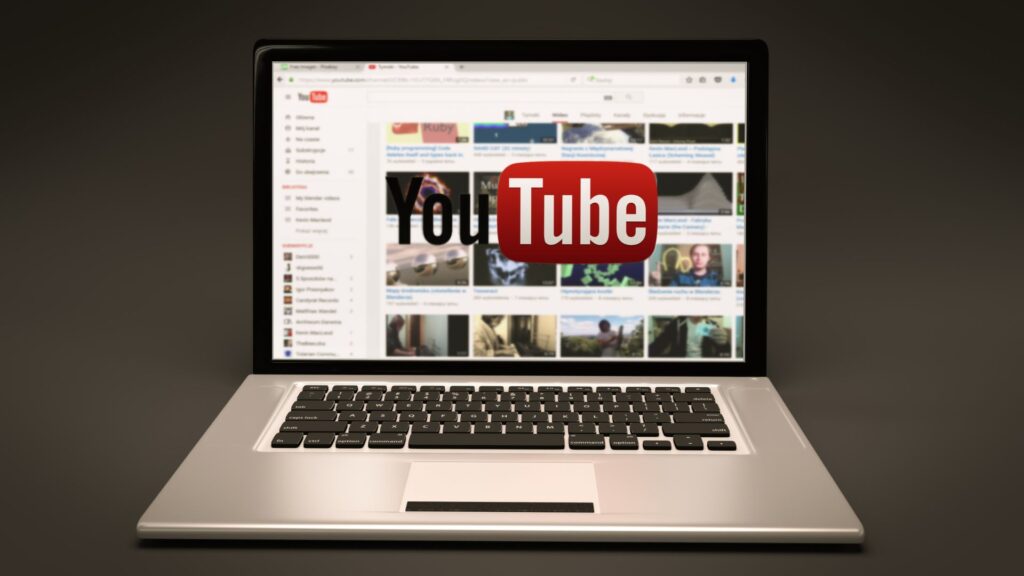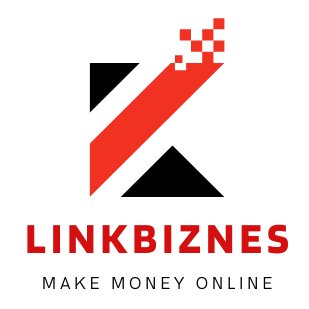YouTube Live
YouTube Live was launched as another source of income for YouTube. It shares part of the revenue with video producers. In 2020, live-streaming video was anticipated to make up 84% of all internet traffic. By 2025, it was anticipated that the live-streaming market would be worth more than $124 billion. This means a lot of traffic from video streaming and possible advertising revenue.
According to YouTube, successful producers make five to six figures annually on their platform. The number of those creators increased by 40% between 2018 and 2019. Hence, live streaming with YouTube adverts can bring in a sizable sum of money.
So, how does YouTube monetization work for people that are making good money? Through the platform’s Partner Program, content producers who stream on YouTube Live can access monetization opportunities. They however required to meet the minimum criteria of at least 1000 subscribers and 4000 hours of watched video. These choices consist of selling advertisements, memberships, goods, and more.
YouTube Live Monetization
Advertisements
YouTube places ads in the streaming content of YouTube creators. The creators are members of the YouTube Partner Program who have already connected AdSense to their accounts. YouTube will select an ad that fulfills its criteria; after advertisers compete for the available ad inventory using reach, regional, demographic, and interest targeting.
The advertiser selects whether to pay creators on a cost-per-click or cost-per-view basis. Creator will receive 55% of the money made. The usual fee per view is 18 cents but a view is counted if the ad runs for at least halfway through.

Although the YouTube Live Partner Program makes serving ads relatively simple, there are some downsides:
- You have less control over which advertising will show as a content provider.
- You can ban certain ad types or even ads from particular advertisers.
- You cannot choose advertisers who are linked to your content.
- Only the ad that won the auction will be displayed.
- Only 1 pre-roll, 1 mid-roll, and 1 display or overlay advertisement are permitted for Each stream. which work for shorter content only. If your streams are longer, the only solution is to divide your content manually. The contents are divided into a number of short feeds, each with its own set of advertisements.
- Mid-roll advertisements are added manually.
- Since spots can only be 7 and 15 seconds long, all advertisements irrespective of their length will be skipped. Hence, it can be challenging to reach the crucial halfway through.
- On mobile, only pre-roll advertising is accessible. Only desktop users can see mid-roll, display, and overlay advertisements.
Super chat and super stickers
Viewers can pay to pin comments or stickers on live streams using “Super Chat” and “Super Stickers.” In 2019, YouTube bragged that more than 90,000 channels used Super Chat. With this, some streams made more than $400 per minute.
Merchandise
Sales of items: In collaboration with a supplier of merchandise, content producers can embed a box beneath their content that allows users can buy products displayed for sale.

YouTube Live subscriptions
Creators can offer premium memberships with up to five subscription levels if they have more than 30,000 users. The price point and benefits are better and increase with the level.
Audience and challenges
Producers with large audiences find it highly challenging to scale YouTube Live monetization. The limits mentioned above all prevent us from maximizing revenue. Creators prefer to control:
- The price of the ads.
- Which YouTube ads would they accept.
- Which sponsors they will work with.
Advertisers on the buy side also want more power over the inventory that their ads support.
Facebook Live
Facebook posted its first quarter of 2015 ad revenue from YouTube Live streaming of nearly $3.3 billion after 1 year.
The conditions for Facebook Life are:
- You must earn at least 30,000 1-minute views on videos that are at least 3 minutes long in the previous 60 days
- Have at least 10,000 followers
- Publish content on your business page.
Facebook Live Monetization

The following monetization opportunities are available on Facebook Live once your eligibility has been verified:
Brand Collabs Manager:
A tool for connecting businesses and influencers for compensated collaborations.
In-stream ads:
Pre-roll, mid-roll, and in-stream static image adverts are examples of in-stream advertising. Although content producers can’t pick which advertisements they want to view, they can ban ads from certain Pages or particular categories of advertisements. Facebook retains 45% of advertising revenue similar to YouTube Live.
Fan Subscriptions:
Content producers can charge subscribers a monthly fee ranging from $0.99 to $99.99. They may provide unique live videos, product discounts, or other perks in return.
Conclusion
From the reviews above it’s not easy to make impactful success on YouTube Live and Facebook Live. Engagement is what leads to success, therefore you need to make your content appealing and encourage people to “like” and subscribe.
The most popular way to make money is through YouTube and Facebook advertising, but you need thousands of views to make even a little money.
Sponsorship is the second most source of income. No one will pay you to produce videos that no one will watch. You can only do this once you demonstrate that you can attract people.
Sponsors may approach you; marketing departments at businesses seek out “influencers” and pay them to produce feature videos.
You may ask businesses directly. For them to take you seriously, you must first establish yourself as an influencer with a sizable subscriber base.


